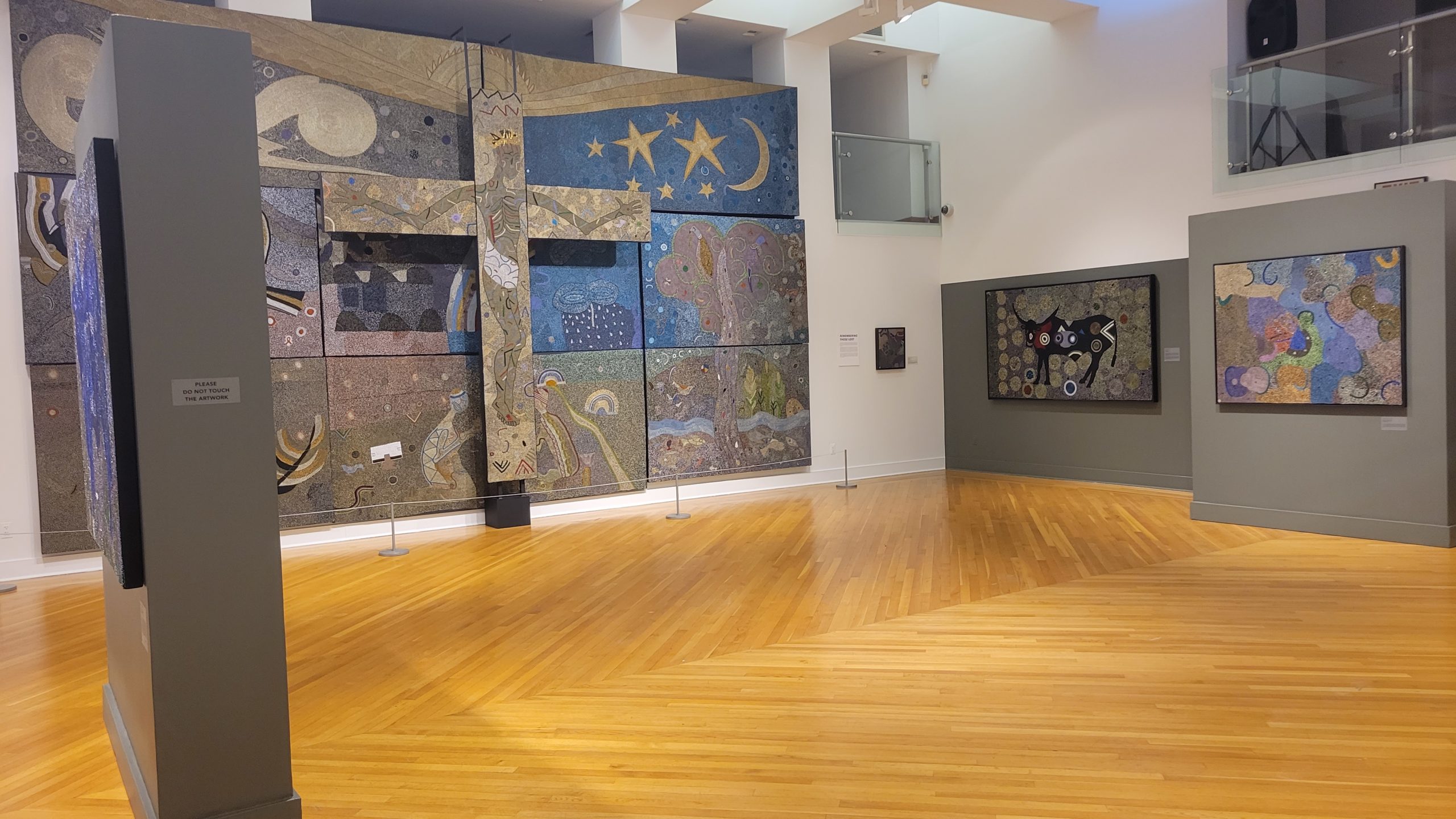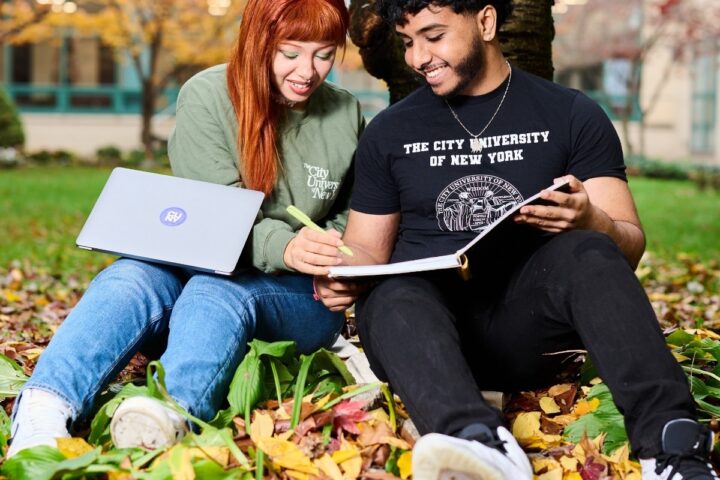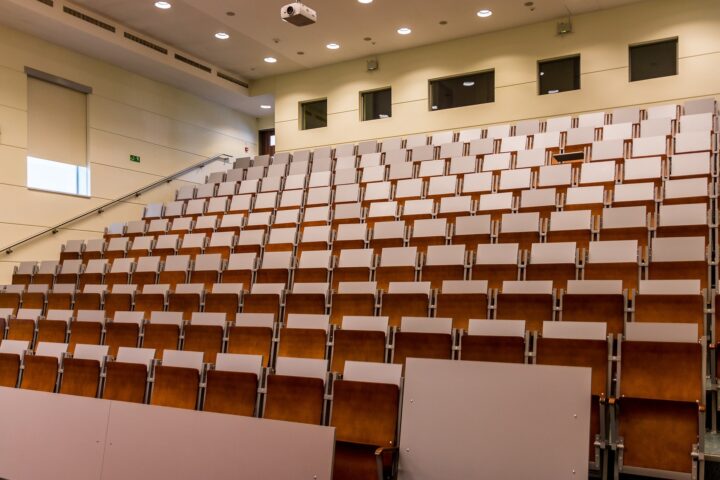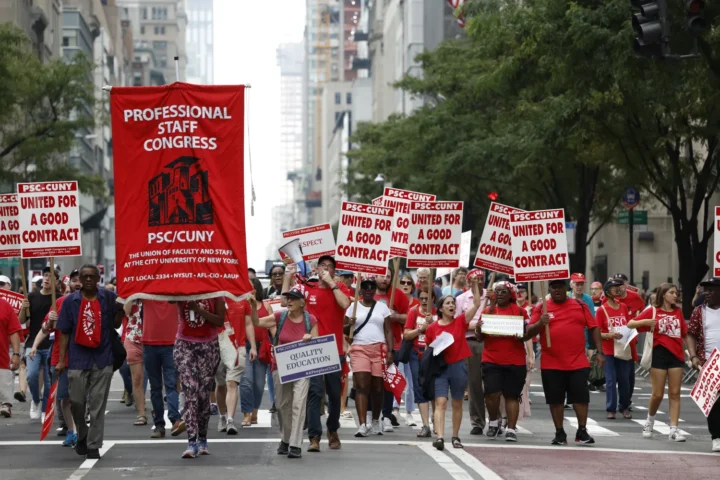At the Godwin-Ternbach Museum located in Paul Klapper Hall, the latest exhibit, “Ubuhle Women: Beadwork and the Art of Independence,” features the delicate craftsmanship of bead art from the hands of women living in KwaZulu-Natal, South Africa.
A single panel of pattern can take up to a year to perfect the harmony of form, colors, and design. The exhibition spans across the two floors of the museum and features an informative video about the artists as well.
The exhibit is open to the public and students until January 11, 2024.
When entering the Godwin-Ternbach Museum, guests see Ntombephi “Induna” Ntobela’s, “Sangoma Bull,” a stunning display of blue and purple hues to from an intricate design of a bull. To the left is “The Artists,” introducing visitors to the history of South African beadwork, the financial independence beadwork brings, and biographies of the artists.
Continuing to the left is the largest beadwork display in the museum “The Crucifixion,” featuring seven different, yet detailed works of artists which one of the largest commissions took almost a year to complete.
One of the most eye-catching displays is “The Crucified Christ: The Tree of Sacrifice,” by artist Thembani Ntobela — who reflected Christ near-death, similar to an HIV/AIDS victim. Soon after completing her work, Thembani Ntobela passed away from an HIV/AIDS-related illness.
The grand display moves guests over to a dedication memorial, “Remembering Those Lost,” which celebrates the five Ubuhle artists who have since passed away. Another theme is named “The Cattle,” because cattle are a symbol of wealth in Xhosa and Zulu life; these colorful cattle also represent the history of the artists.
On the second floor of the Godwin-Ternbach Museum is a video about the process of beadwork, the project, and interviews of the artists as well. After watching the insightful video, there are more personal works of the artists displayed.
Liza Tuyuc, a junior English major, said visiting the exhibit, “Was really fun and interesting because learning about textile and craftsmanship was interesting to read about and see it up close.”
The exhibit provides powerful stories about traditional bead art in KwaZulu-Natal, South Africa as an act of remembrance, storytelling, and ambition. Looking through pictures of the art is only the beginning of an experience compared to entering the museum to have a personal, close-up look at each individual bead shining in the light.
The Godwin-Ternbach Museum’s mission is to demystify museums by teaching students about art they might have not encountered before. Students interested in exploring different art forms are welcomed and the museum holds different exhibits throughout the semesters as well. All programs and exhibits are free and the museum encourages students to walk inside and learn and experience art up close.











